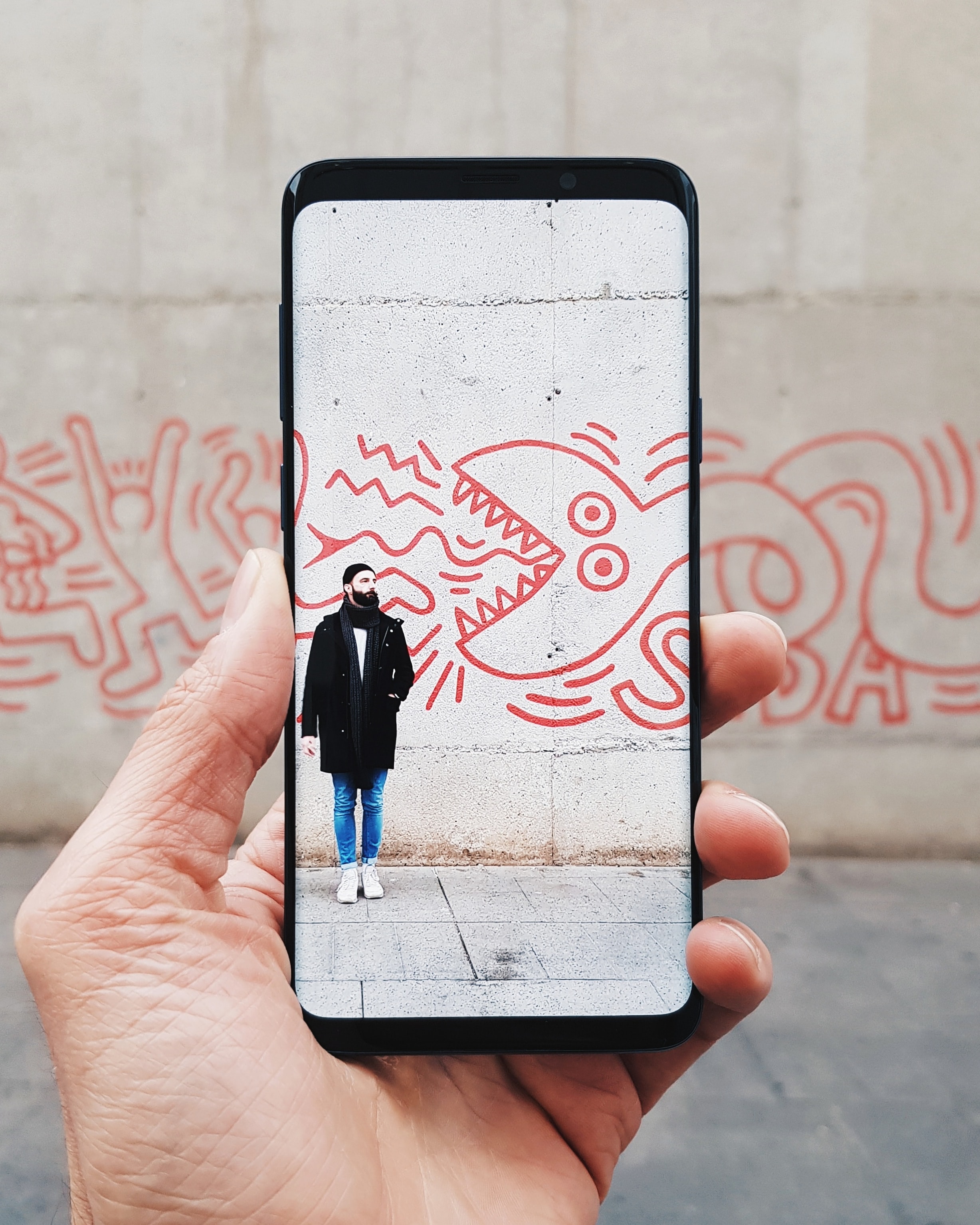
Basics of Augment Reality

Augmented reality (AR) is an interactive experience of a real-world environment where the objects that reside in the real world are enhanced by computer-generated perceptual information, sometimes across multiple sensory modalities, including visual, auditory, haptic, somatosensory and olfactory.
AR can be defined as a system that fulfills three basic features :
1 : A combination of real and virtual worlds.
2: Real-time interaction
3: accurate 3D registration of virtual and real objects.
The overlaid sensory information can be constructive (i.e. additive to the natural environment), or destructive (i.e. masking of the natural environment).
This experience is seamlessly interwoven with the physical world such that it is perceived as an immersive aspect of the real environment.
There are 4 types of augmented reality today:
- markerless AR
- marker-based AR
- projection-based AR
- superimposition-based AR
Augmented reality Devices
Devices suitable for Augmented reality fall into the following categories:
1: Mobile devices (smartphones and tablets) – the most available and best fit for AR mobile apps, ranging from pure gaming and entertainment to business analytics, sports, and social networking.
2: Special AR devices, designed primarily and solely for augmented reality experiences. One example is head-up displays (HUD), sending data to a transparent display directly into the user’s view. Originally introduced to train military fighters pilots, now such devices have applications in aviation, automotive industry, manufacturing, sports, etc.
3: AR glasses (or smart glasses) – Google Glasses, Meta 2 Glasses, Laster See-Thru, Laforge AR eyewear, etc. These units are capable of displaying notifications from your smartphone, assisting assembly line workers, access content hands-free, etc.
4:AR contact lenses (or smart lenses), taking Augmented Reality one step even farther. Manufacturers like Samsung and Sony have announced the development of AR lenses. Respectively, Samsung is working on lenses as the accessory to smartphones, while Sony is designing lenses as separate AR devices (with features like taking photos or storing data).
5: Virtual retinal displays (VRD), creating images by projecting laser light into the human eye. Aiming at bright, high contrast and high-resolution images, such systems yet remain to be made for practical use.
Possible applications of AR
1: AR in retail
2: Education: interactive models for learning and training purposes, from mathematics to chemistry.
3: Medicine/healthcare: to help diagnose, monitor, train, localize, etc.
4: Military: for advanced navigation, marking objects in real-time.
5: Art / installations / visual arts / music.
6: Tourism: data on destinations, sightseeing objects, navigation, and directions.
7: Broadcasting: enhancing live events and event streaming by overlaying content.
8: Industrial design: to visualize, calculate, or model.

